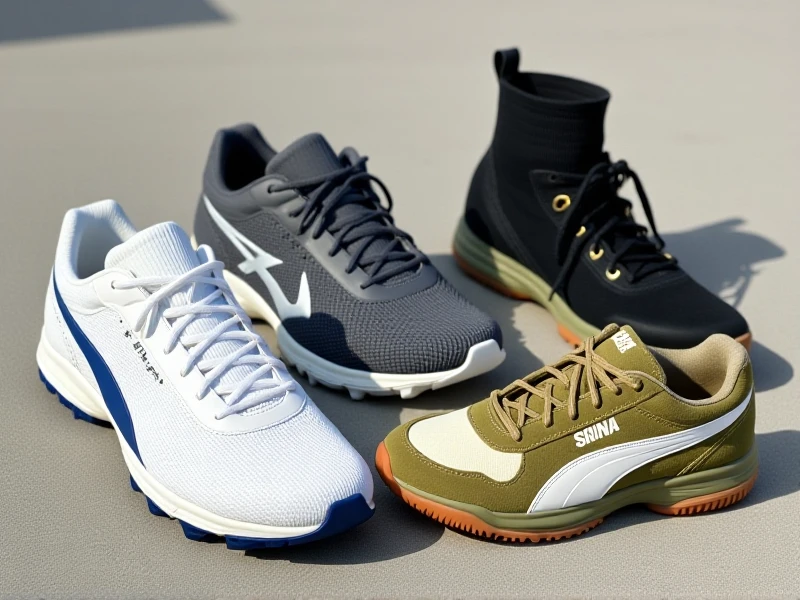The Ultimate Guide to Choosing the Right Running Shoes for Every Runner

As someone who's logged thousands of miles on the road, I know firsthand how crucial the right pair of running shoes can be for performance and injury prevention. Choosing the wrong ones often leads to common issues like plantar fasciitis or shin splints, which easily derail training plans. Running shoes aren't just about style—they're engineered to support your unique stride and foot shape, absorbing impact and propelling you forward. For beginners or seasoned marathoners, this guide covers key factors to consider: your foot arch, gait type (like overpronation or supination), and typical running terrain. By starting with a gait analysis at a local store or online tool, you'll find shoes tailored to enhance comfort and efficiency.
There are several types of running shoes on the market, each suited for different needs. Neutral cushioned shoes are great for runners with a normal gait, offering ample shock absorption without overcorrecting motion. If you have flat feet or inward rolling strides, stability shoes incorporate medial support to prevent discomfort. For trail enthusiasts, trail running shoes feature rugged soles for grip on uneven paths, while minimalist options promote a natural feel. Popular innovations include responsive midsoles and breathable uppers, which combine durability with lightweight materials. Remember, the best running shoes balance fit and function—always prioritize comfort over trends to avoid blisters and strain on long runs.
When selecting your next pair, consider factors like mileage and personal fitness goals. Typically, road running shoes need replacement every 300–500 miles as cushioning wears down, reducing injury risks. Brands like Asics or Brooks offer various models, but focus on features that align with your running habits. For example, if you're training for a half-marathon, prioritize cushioning for endurance; speed-focused runners might prefer agility-oriented designs for quick races. To test them, run briefly on a treadmill before buying and ensure snug fit without tightness around the toes. This small step prevents costly mistakes and boosts overall running enjoyment.
In summary, investing in quality running shoes transforms your runs from painful chores to exciting adventures. They're vital tools that adapt to your body, helping you achieve personal bests safely. Start your journey by assessing your needs today—visit a retailer or consult online guides to make an informed choice that keeps you pounding the pavement healthily for miles to come.